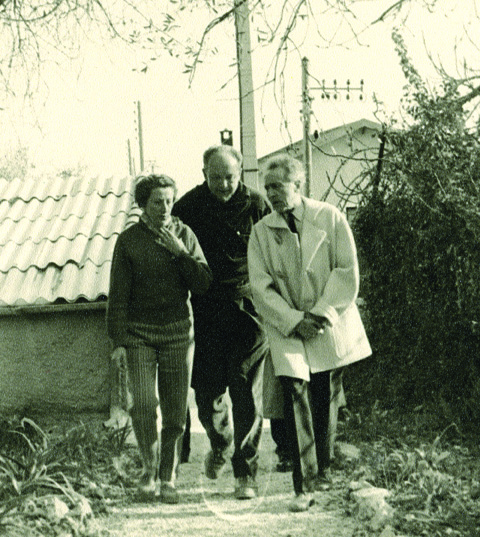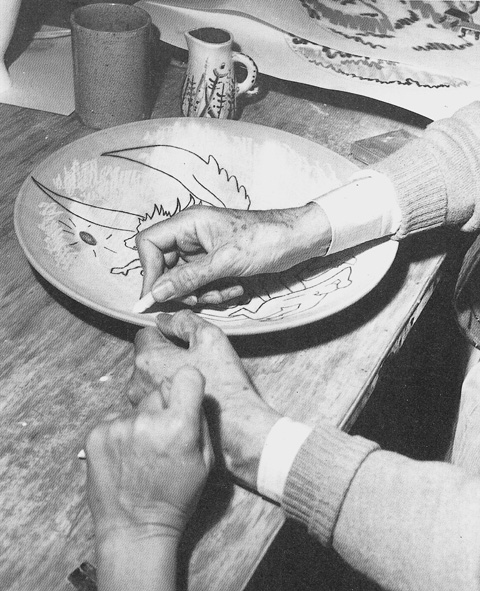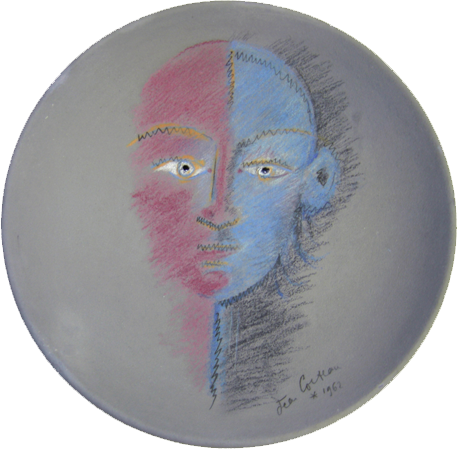Jean Cocteau ceramicist
In 1953, Jean Cocteau visited the Madoura workshop in Vallauris, at the invitation of Picasso, who had been creating ceramics there with Suzanne and Georges Ramié since 1946. Captivated by this medium, Cocteau took to the game, lending a hand to his friend to decorate a series of plates and going so far as to make one himself. However, he did not continue the experiment, for fear of having to remain in the shadow of the master who had undertaken to dominate ceramics as he dominated painting: "I have long considered pottery as Picasso’s hunting ground, into which it would be dangerous to venture."

However a few years later, Cocteau discovered in the shop next to his chapel in Villefranche-Sur-Mer some pieces of art pottery made by a couple of local ceramicists, Philippe Madeline and Marie-Madeleine Jolly. Intrigued, he provided them with several drawings, which they quickly executed in the form of plates as a demonstration of their know-how: this was the beginning of an extremely fruitful collaboration that would last until the poet’s death in 1963.

Cocteau had a very particular approach to the art of the ceramicist, which he approached as an "apprentice", then as a "craftsman". He opted to leave the clay unglazed in many of his pieces: "I like the colour of the clay like that of bodies tanned by the sun and I cover it as little as possible. I try to give my drawings and marks the charm of a tattoo on skin." In addition to glaze and slip, widely used by Picasso, he employed a new technique of his invention, oxide crayons — sticks of raw clay mixed with pigments which allowed him to draw on his pieces as with pastels, with great spontaneity. With the help of his new friends, Cocteau created more than three hundred models — plates, dishes, cups, as well as vases, jewellery and modelled objects.
